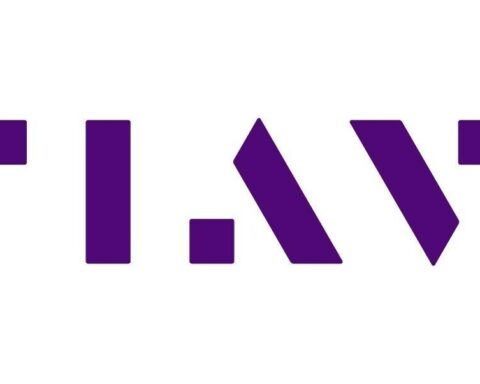In an era marked by remarkable advancements in artificial intelligence, Microsoft continues to assert its dominance in the tech world. Collaborating with OpenAI, the company has been at the forefront of integrating AI capabilities into its products and services, while also spearheading the development of case-specific models. Now, Microsoft Research has unveiled its latest breakthrough: Orca, an AI model that leverages the power of imitation and learning from large language models like GPT-4.
Orca stands as a testament to Microsoft’s relentless pursuit of innovation. Recognizing the limitations of smaller models, the research team sought to bridge the gap by creating an AI model that could mimic the reasoning processes of its larger counterparts. By imitating the complexities of GPT-4, Orca endeavors to overcome the challenges posed by its smaller size, offering researchers a more accessible platform that requires fewer computing resources.
The research paper detailing Orca’s capabilities reveals a staggering feat: a 13 billion parameter-powered AI model that learns from and imitates the prowess of gargantuan language models like GPT-4. Built on the foundation of Vicuna, Orca exhibits a remarkable capacity to comprehend explanations, engage in step-by-step thought processes, and execute intricate instructions. Rumored to possess over one trillion parameters, GPT-4 plays a pivotal role in empowering Orca to acquire knowledge and learn from its vast repertoire.
One of the key advantages of Orca lies in its ability to leverage large-scale and diverse imitation data. By embracing progressive learning, Microsoft harnesses the potential of Orca to outperform its predecessor, Vicuna, by a staggering 100% on complex zero-shot reasoning benchmarks, such as Big-Bench Hard (BBH). Not only that, Orca has demonstrated its prowess by surpassing conventional AI models on AGIEval, boasting a remarkable 42% increase in speed.
When it comes to reasoning capabilities, Orca holds its ground admirably. Despite its smaller stature, this groundbreaking AI model is on par with ChatGPT on benchmarks like BBH. It excels in academic examinations such as SAT, LSAT, GRE, and GMAT, though it still falls short of the awe-inspiring capabilities of GPT-4. Nevertheless, the Microsoft research team remains optimistic, expecting Orca to continually enhance its skills and capabilities with time.
The advent of Orca marks yet another significant stride in the field of artificial intelligence. By democratizing access to powerful AI models, Microsoft empowers researchers to optimize their work according to their specific requirements. This newfound independence from large data centers signifies a pivotal shift in the landscape of AI research and development.
As the tech world eagerly awaits the official release of Orca, anticipation runs high for the possibilities it holds. With its remarkable capacity for learning, adaptability, and performance, this open-source AI model is poised to revolutionize various industries and drive further innovation in the realm of artificial intelligence.
In the grand tapestry of AI advancement, Microsoft’s Orca emerges as a shining beacon, illuminating the path toward a future defined by intelligent machines and boundless possibilities.







